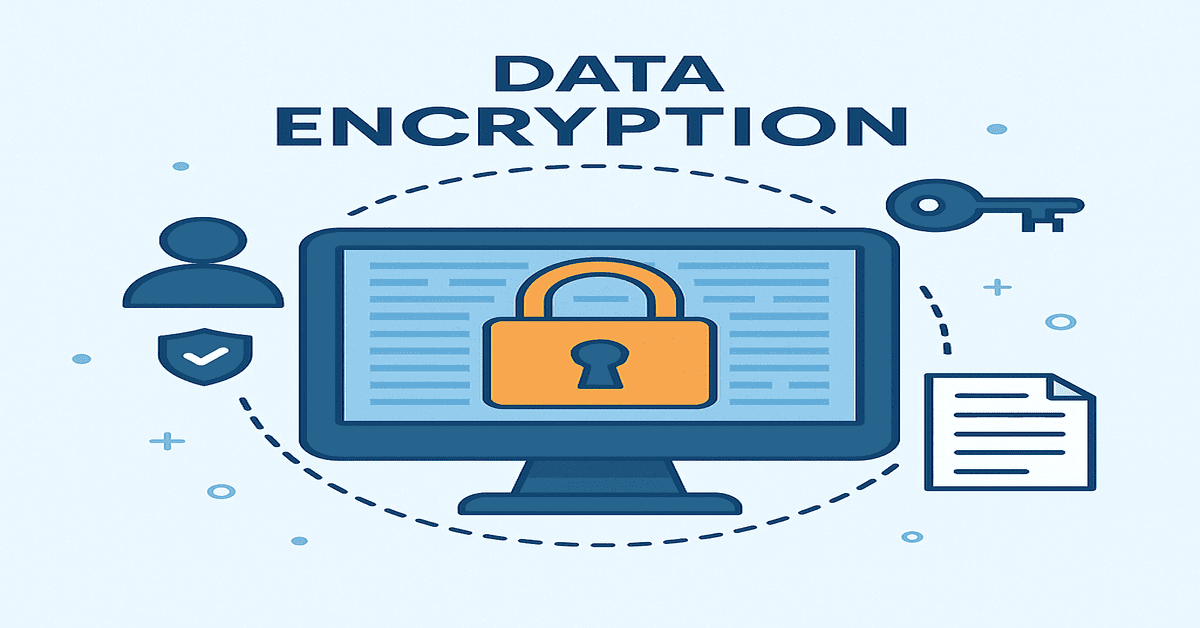
What is Data Encryption? Roles and Practical Applications
1. What is Data Encryption?
Data encryption is the process of transforming readable information into encoded data to prevent unauthorized access. Only those with the decryption key can read and understand the original content.
2. Purpose and Role of Encryption
In the fields of technology and digital finance, encryption plays a crucial role in:
-Protecting personal and financial data
-Ensuring integrity and privacy during data transmission
-Preventing forgery, hacking, and unauthorized interference
3. Core Elements in the Encryption Process
-Plaintext: The original, readable information
-Ciphertext: Encrypted data that cannot be understood without the key
-Encryption algorithm: The technical method used to transform the data
-Encryption key: A string of characters or numbers required for encryption and decryption
4. Common Encryption Methods Today
-Symmetric encryption: Uses the same key for both encryption and decryption
-Asymmetric encryption: Uses a pair of public and private keys
-Cryptographic hash function: Converts data into a fixed encrypted string that cannot be reversed
-Homomorphic encryption: Allows computation on encrypted data without decrypting it
-End-to-end encryption: Ensures only the sender and receiver can read the data
5. Risks and How to Mitigate Them
Common Risks:
-Losing the decryption key, resulting in loss of access to data
-Attacks on storage or transaction systems
-Users being tricked or disclosing their key information
Risk Mitigation Strategies:
-Use cold wallets or secure hardware to store keys
-Enable two-factor authentication for all accounts
-Improve personal cybersecurity awareness
-Choose services from reputable and secure platforms